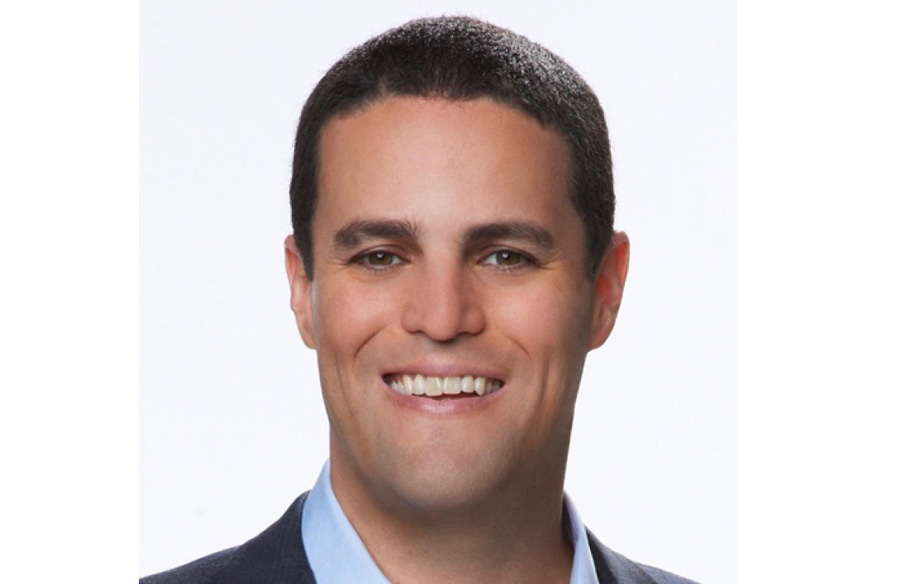Can TV Advertisers Win Without Live Sports?

"In the midst of the unprecedented events brought on by COVID-19, we’re seeing brands begin to actively redeploy their TV budgets, assessing the most sensitive and effective creative messaging and program placements to reach consumers with their remaining TV." -Kevin Krim, EDO
The human cost of COVID-19 and the necessary disruptions to daily life are profound. The cancellations of all live sporting events due to the virus are also causing seismic disruptions for TV networks and advertisers who rely on these events to drive marketing performance. The unprecedented cancellation of March Madness, for instance, has dramatic implications for advertisers, who spent over $1.1 billion in total on 2019 March Madness TV advertising for an estimated 22.5 billion impressions.
Several automotive companies were planning significant spend during March Madness to launch new models and have already invested in high-profile ad creatives. The loss of the tournament and other professional sports broadcasts, especially the NBA and NHL playoffs, will have a serious impact. TV, with its massive reach and immediacy, is uniquely essential for large brands. Most advertisers I have spoken with are considering a brief pause to adjust creative tone and messaging, and then will need to shift their spend around other TV programming to help sustain their businesses.
In order to understand the impact of these cancellations, we examined the efficacy of major sports and other live TV events as advertising platforms compared to 2019 primetime broadcast & cable TV programming. We analyzed Search Engagement, our measure of the increase in search activity for a brand or product in the minutes immediately following a TV ad airing, for these programs. Our Search Engagement Rate (SER) metric controls for audience size and ad duration, allowing for an apples-to-apples comparison of advertising performance in various programs.
Over the past year, eight of the Top 10 TV programs ranked by SER across broadcast and cable were major sports events including the Super Bowl, other NFL programming, the NBA Finals, March Madness Championship, and Stanley Cup Finals. Of course, these last three are now missing from this year’s schedule. Live sports continued to dominate 14 of the Top 20 programs. Fortunately, awards season had mostly concluded before COVID cancellations began, with the 2020 Oscars and Golden Globe Awards rounding out the Top 10 programs ranked by SER.
With major sports and other live events comprising all of the Top 10 and 17 of the Top 20 TV programs driving advertiser Search Engagement in the past year, the final straw was the announcement that the 2020 Tokyo Olympics will be postponed until next year.
The Olympics represent a huge platform for advertisers, with NBC reporting over $1 billion in ad sales for this summer’s games. A look at recent Olympics shows why they are so popular with brands: the sheer size and consistency of the audience is stunning, with the Rio 2016 Olympics averaging 24.9 million live viewers during primetime every night for almost two weeks. Additionally, viewers exposed to an ad during the 2016 Rio Summer Olympics during primetime on NBC were nearly 11% more likely to search for the brand being advertised compared to the typical primetime broadcast program that year. The spectacle of the Opening Ceremony was even more valuable for advertisers - combining the reach and the high viewer engagement, the average Olympics sponsor would have needed 6.5 normal broadcast primetime ads to get the same impact as a single ad during the Rio Opening Ceremony.
The smarter way to stay on top of broadcasting and cable industry. Sign up below
This trend of increased engagement held true in 2018, as viewers exposed to an ad during the 2018 PyeongChang Opening Ceremony were 72% more likely to search for the brand being advertised compared to typical broadcast primetime. With an empty slate of live sports and live events programming for the next several months, the next huge bridge we will cross is the start of the NFL and college football seasons, which absolutely dominate TV for nearly half a year.
However, brands can still generate viewer engagement in the absence of live sports. In the midst of the unprecedented events brought on by COVID-19, we’re seeing brands begin to actively redeploy their TV budgets, assessing the most sensitive and effective creative messaging and program placements to reach consumers with their remaining TV. For example, we’ve seen news program ratings increasing as consumers seek information about the current situation.
CNBC experienced a 46% increase in average viewership from the week of February 17th to the week of March 9th. Disney announced it’s expanding daytime news programming and is directing live sports advertisers to Good Morning America and other high-performing entertainment programs in the meantime. As viewers are also spending more time on streaming platforms, ad-supported streaming offers another venue for advertisers to re-allocate their media. The cancellation of live sports and events is absolutely a massive disruption for TV advertising, but nimble, data-driven brands will find a way to adapt to these new circumstances and continue to meaningfully engage viewers. The health of their businesses and the economy will depend on it.
EDO is a data, measurement and analytics company that powers the success of marketing, research and creative professionals.
